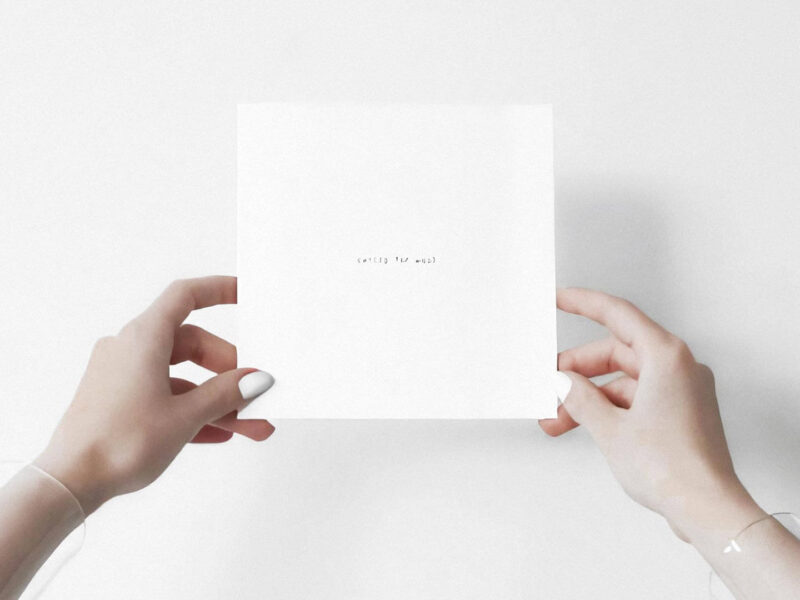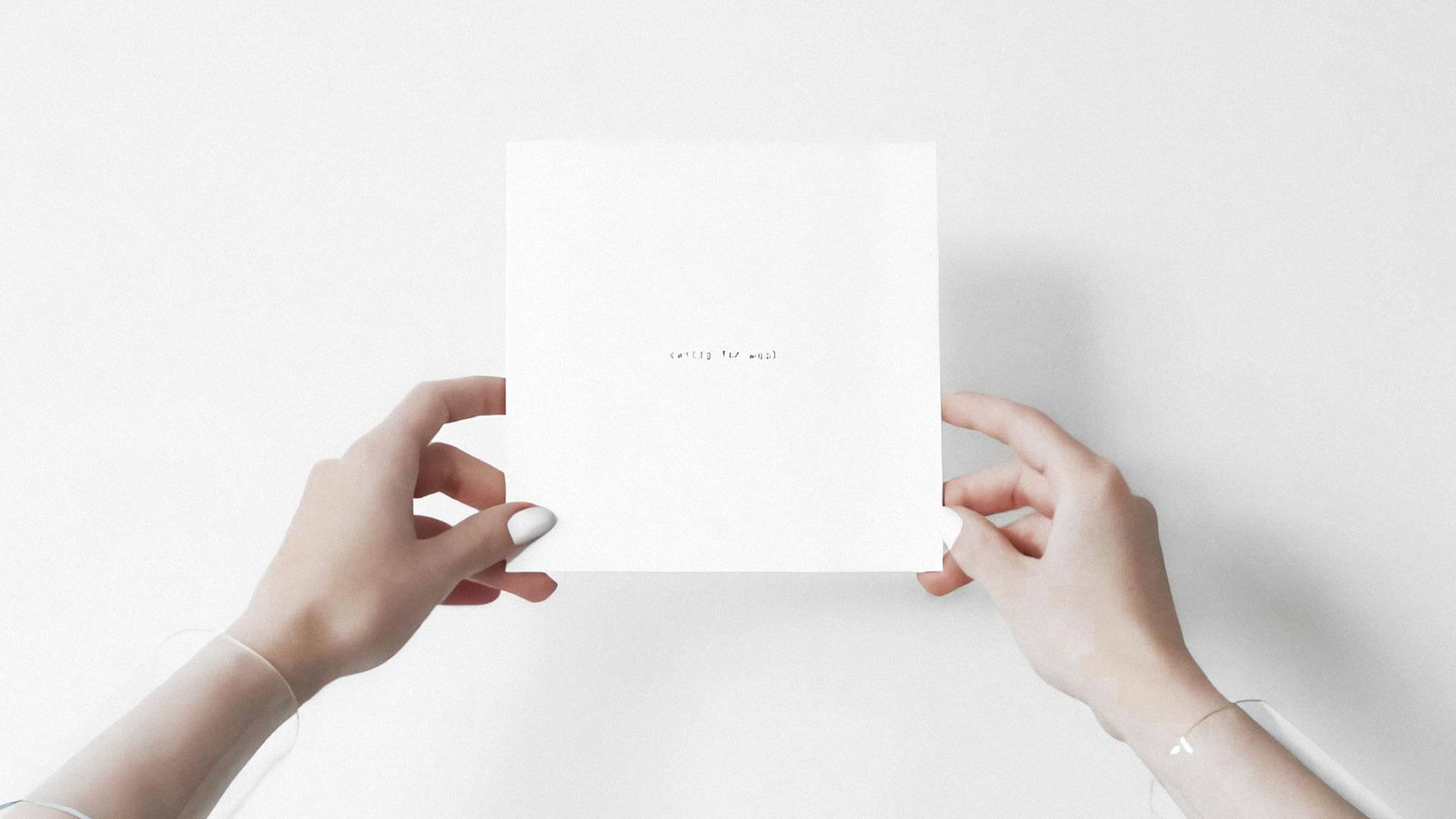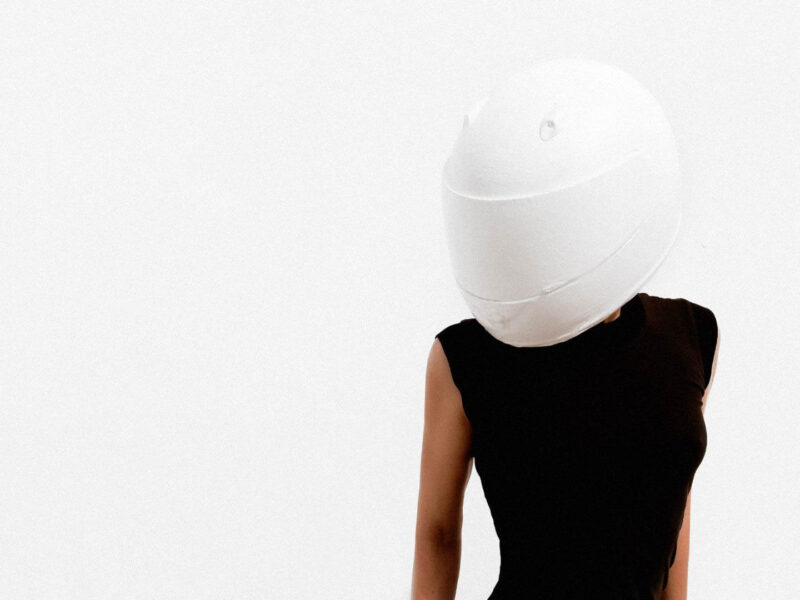Worried About Slippage in Day Trading? Here’s How to Avoid It DT
Content
This will also help tremendously by reducing risk as much as possible. This will help to ensure that your orders are filled at or near the price you want.
- At the top rung is the best price available for which institutions are willing to trade at the moment, the so-called „top of the book“.
- You can protect yourself from slippage by placing limit orders and avoiding market orders.
- Market prices can change quickly, allowing slippage to occur during the delay between a trade being ordered and when it is completed.
- Slippage tolerance is an order detail that effectively creates a limit or stop-limit order.
- If you need to get into or out of a position immediately, you can use a market order.
- Trading slippage is a difference that arises from a price that a trader gets from a price he expected to get when the order was triggered.
When cryptocurrency traders place a buy or sell order on an exchange, they typically expect said order to be filled at the exact price they’ve chosen. Unfortunately, this isn’t always the case, due to a costly problem called slippage. The events increase market volatility, which can increase the chances of investors experiencing slippage. Slippage tends to be prevalent around or during major news events. Slippage is defined as the difference between the price at which you want to execute your trade and the price at which it is actually executed by a broker or liquidity provider. There is always a certain, albeit very short, time between each of your clicks to open/close a position (or to stop-loss, take-profit, and other pending orders). The length of this time then often determines the size and nature of the slip (whether it’s positive or negative).
Low Liquidity
You may not get the price you expect in these scenarios because a large order is triggered somewhere else. First, always set limit orders using your trading platform rather than a market order. This means that you will only buy or sell at a specific price, rather than a higher or lower price driven by market factors.
Do dark pool trades get reported?
They do, however, need to report information about trades that occur. As a result, dark pools do not contribute to the public “price discovery” process until after trades are executed. While dark pools only recently became the subject of widespread popular media discussion and reporting, they are not new.
Slippage can still occur when trading on the financial markets using a demo account, although this will not impact you as much as you will be trading with virtual funds. Open a demo account now to start practising with spread bets and CFDs. However, limit orders can cap the price being bought or sold at, which helps to reduce negative slippage. Positive slippage – they pay a lower price than expected because the price dropped just before their order was executed.
What Is Slippage Tolerance?
Slippage cannot be eliminated, but there are some things that you can do to minimize the damage. Remember that what is slippage in trading crypto is a relatively young area of trading, so slippage should become much less an issue as time goes on.
What is a slippage warning?
Coinbase Pro features a slippage warning for trades placed using web or mobile. This helps prevent you from placing accidental orders. Coinbase Pro will display a warning if you attempt to place an order that would execute more than 2% outside of the last trade price.
He currently researches and teaches economic sociology and the social studies of finance at the Hebrew University in Jerusalem. Examples of negative and positive slippage in a long position. If your slippage is two ticks on a given YM trade, then that’s an extra $10 you paid to enter a trade. Do the math based on your average number of trades and you’ll see how this can either take a big chunk out of your profits or increase your losses. If you traded an average of 10 contracts per week, you run the potential risk of paying $50 extra a week if you received slippage on each trade. An entry order will only trigger for execution if the market price reaches the entry order price. Traders typically use order types that offer execution certainty when they want to ensure entry into the market.
Maximize Your Crypto Portfolio
This means they may have to jump to fill bits and pieces of that massive order. Not all orders will be filled at the same price when it is big enough. Institutions leaving the market simultaneously can be especially prevalent when there is some news or a shutdown with a network. Solana has recently seen institutions dump it due to a couple of outages. In those situations, spreads can widen quite drastically, and you will see massive slippage in any transactions you try to make. Be the first to put your crypto investments on autopilot with digital asset allocation that helps you safely and securely optimize your portfolio. If you’re trading with size, slippage can cost you quite a chunk of cash.
- This is especially prevalent in small markets, as you may not be able to get filled at the price you request.
- Any negative slippage on a limit or limit entry order is an error and clients are eligible to receive trade adjustments in the event that these errors occur.
- Although occasionally slippage can work out in your favor, it is generally considered bad.
- You could have no slippage, negative slippage, or positive slippage.
You may need to use market orders to get out of a position quickly. Limit orders may also be used to exit under more favorable conditions. An implementation shortfall is the difference in net execution price and when a trading decision has been made. All reviews, research, news and assessments of any kind on The Tokenist are compiled using a strict editorial review process by our editorial team. Neither our writers nor our editors receive direct compensation of any kind to publish information on tokenist.com. Our company, Tokenist Media LLC, is community supported and may receive a small commission when you purchase products or services through links on our website.
How You Can Minimize or Avoid Slippage
If you want to be precise in your trades, it’s an important concept to understand. A limit order is designed to receive positive slippage but not negative slippage. A FXCM price improvement occurs when your order executes at a more favorable price than the price you request. The opposite of a price improvement is negative slippage, when your order executes at a less favorable price. With FXCM’s execution model, both price improvements and negative slippage are possible, as the statistics below show.
You can check the earnings calendar to avoid trading when companies are making major announcements. A market order will make sure that you get the trade you want, but not necessarily at the price you want. If possible, you should plan your trades carefully using limit orders that will still get you in the door when it’s lucrative. If you go with a market order during https://www.bigshotrading.info/ a volatile market, just be prepared for slippage to happen. For example, you, of course, will be looking to please limit orders wherever you can. Your price could get skipped over, and the broker will not execute because the price is not the exact one you asked for. Unfortunately, with a limit order, you also have the possibility of an order not being filled.
Get Started with a Broker
Only trade in assets that have ample volume and liquidity, and use order types that have guaranteed limits to mitigate the effects of volatility. Many trading platforms also have settings for controlling slippage tolerance before you execute a market order. The two biggest contributors to slippage are market volatility and low liquidity. Market volatility can cause an abrupt change in the bid/ask spread of an asset. Since cryptocurrencies are volatile investments, an asset’s price can fluctuate throughout the day depending on trade volume and activity. When an order is executed, an asset is bought or sold on an exchange at the most favorable price available.
- The only limitation of the limit orders is that your trade may never be filled if the price doesn’t reach the level you placed.
- If the bid price falls to $745 or below, then the stop-loss is executed.
- A stop-loss is more about damage control than waiting for the perfect moment to sell.
- Needs to review the security of your connection before proceeding.
- Slippage on a $100,000 order of just 0.10% could mean as much as a loss of $100.
- You might want to avoid market orders when big news is announced, or right when a company is announcing its earnings.
- It was designed this way because a stop order is most frequently used to exit a trade from a losing position.
Nassim Nicholas Taleb defines slippage as the difference between the average execution price and the initial midpoint of the bid and the offer for a given quantity to be executed. When investors hold positions after markets close, they can experience slippage when the market reopens. It happens because the price may change due to any news event or announcement that could’ve happened while the market was closed. High liquidity means many active market participants are ready to fulfil your trade. If you’re a seller, they’re prepared to buy at the price you establish.



